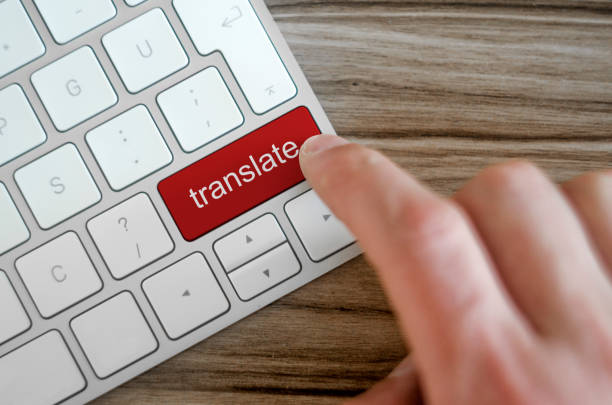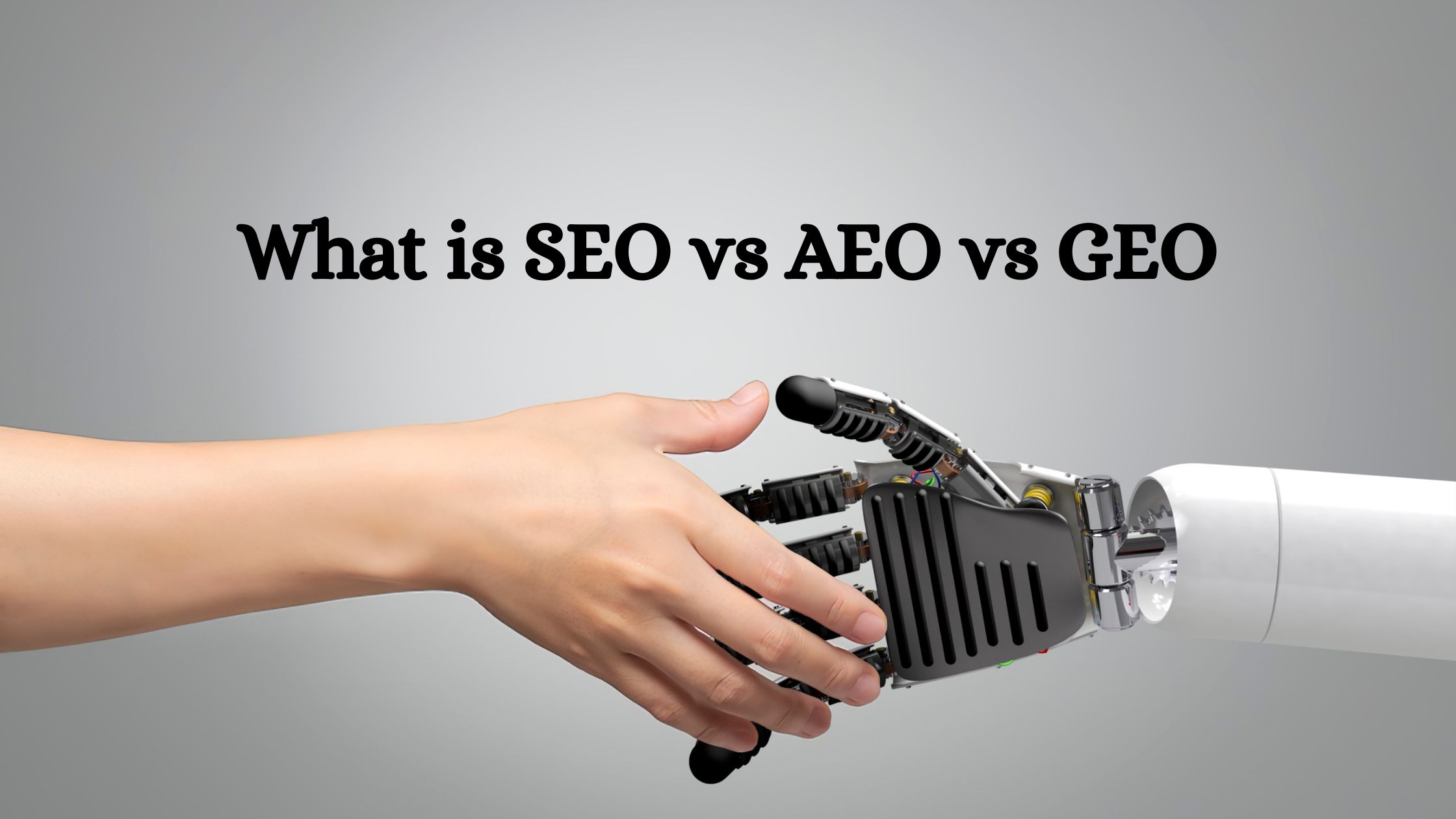Translation vs Localization: What’s the Difference & Why It Matters

Strong 8k brings an ultra-HD IPTV experience to your living room and your pocket.
In a world where content travels faster than ever, making your message resonate across cultures isn’t just a nice-to-have—it’s non-negotiable. Whether you're producing a web series, launching an e-learning platform, or expanding your brand globally, you’ve likely encountered the terms translation and localization. Many use them interchangeably—but the truth is, they’re not the same.
So, what is the difference? And why should professionals in dubbing services in India, audio production, and post-production care?
Let’s unpack this with some clarity—and a few real-world examples along the way.
Translation: Word-for-Word, but Not Always Heart-for-Heart
Translation is the process of converting content from one language into another. Sounds simple, right? But here’s the catch: language isn’t math. It’s not just about swapping words. It’s about maintaining accuracy, tone, and intent—and sometimes, that doesn’t happen with direct translation.
Take this example:
An English ad says, "Hit the road in style." Now translate that literally into Hindi, and you get something awkward like "Raaste par style mein jao." Not wrong—but definitely not how you'd sell a car in India.
That’s where translation often falls short, especially in media content. It conveys what is said, but not necessarily how it should feel.
Localization: Translating Culture, Not Just Language
Localization goes one step deeper. It’s not just about the words—it’s about the context, culture, audience preferences, and even regional humor.
When a hindi dubbing studio localizes a Netflix series originally produced in Spanish, it doesn’t just translate dialogue. It considers the cultural fabric of the Indian audience—adjusting idioms, character names, references, and even vocal inflections to make the experience feel truly local.
Think of localization as the final seasoning in a dish. You’ve already cooked the meal (translation), but now you're tailoring the spices (culture) to suit the local palate.
Why It Matters in Dubbing and Post-Production
If you’re working with a dubbing company in India, you can’t afford to ignore the difference between translation and localization. The voice-over may sound flawless, but if the joke doesn’t land or the emotion feels off—it’s game over.
Let’s say you’re dubbing a children’s show originally produced in the U.S. The character says, “I want mac and cheese!” In India, a better-localized version might be “Mujhe pasta chahiye!” or even “Mujhe Maggie chahiye!”, depending on the target region.
The same applies to e-learning, video games, documentaries, and more. Without proper localization, your message risks feeling foreign, or worse—inauthentic.
And that’s the last thing any audio recording studio in Mumbai wants for its clients.
The Role of a Dubbing Guide in This Process
A good dubbing guide acts as the blueprint for this transformation. It outlines not just the translated script but also intonation cues, pronunciation, context explanations, and emotional triggers.
This is critical for voice actors, especially in multilingual markets like India where tonal subtleties can shift dramatically between languages.
A well-prepared dubbing guide ensures that what sounds heartfelt in the original doesn’t end up sounding robotic or misplaced in the dubbed version.
Subtitling Agencies Get It Too
Localization isn’t exclusive to audio. A good subtitling agency knows that reading speed, line breaks, and cultural phrasing are just as important in creating a smooth viewing experience.
Imagine watching a fast-paced drama with subtitles that lag, miss emotional cues, or use slang that feels out of place. It breaks immersion—something no content creator wants.
Mixing and Mastering: The Final Polish
Even after the dubbing is recorded, your mixing and mastering services play a role in localization. Background score levels, ambient sounds, and timing adjustments often need to be altered to better suit regional preferences.
For example, the original version may have subtle background jazz, but an Indian audience might connect more with light instrumental or even traditional motifs. It’s about creating a sonic experience that feels intentional—not just “translated.”
So, Which One Do You Need?
If you’re wondering whether you need translation or localization—the answer is almost always both.
Translation gets the message across. Localization makes the audience feel like the message was made for them.
If your goal is to reach multilingual audiences in a meaningful, authentic way (which it should be), investing in a team that understands both processes is key. That’s where seasoned professionals—whether it’s a post production studio in India, a dubbing team, or subtitling experts—come into play.
The Final Word: Don’t Just Speak Their Language—Speak To Them
In today’s connected world, your content is no longer bound by geography. But for it to connect, it must feel familiar, relevant, and emotionally true to the audience. And that’s something even perfect grammar can’t deliver.
So, the next time you’re choosing a dubbing service in India, or partnering with an audio recording studio in Mumbai, ask not just how well they translate—but how deeply they localize.
Because great content doesn’t just cross borders—it crosses hearts.
Ready to bring your story to new audiences the right way?
Partner with professionals who understand that voice is more than sound—it’s connection.
Note: IndiBlogHub features both user-submitted and editorial content. We do not verify third-party contributions. Read our Disclaimer and Privacy Policyfor details.







